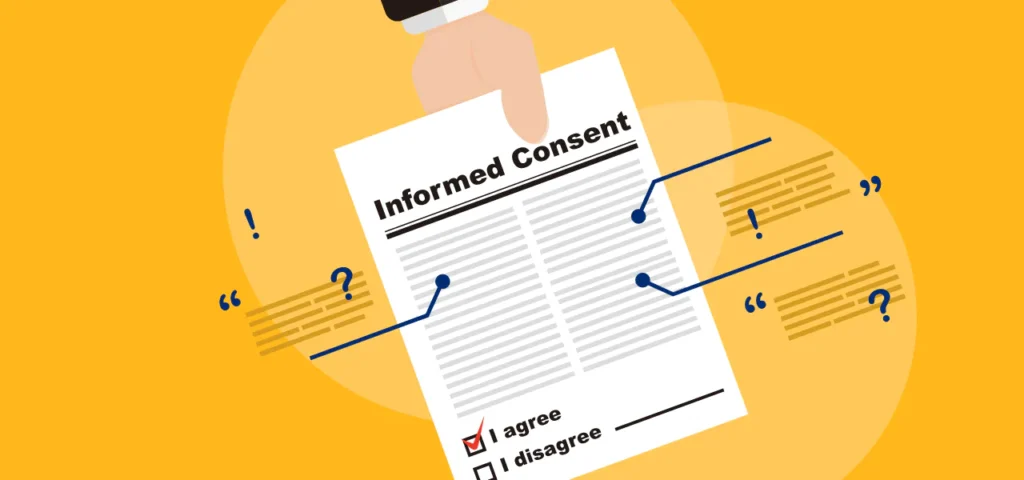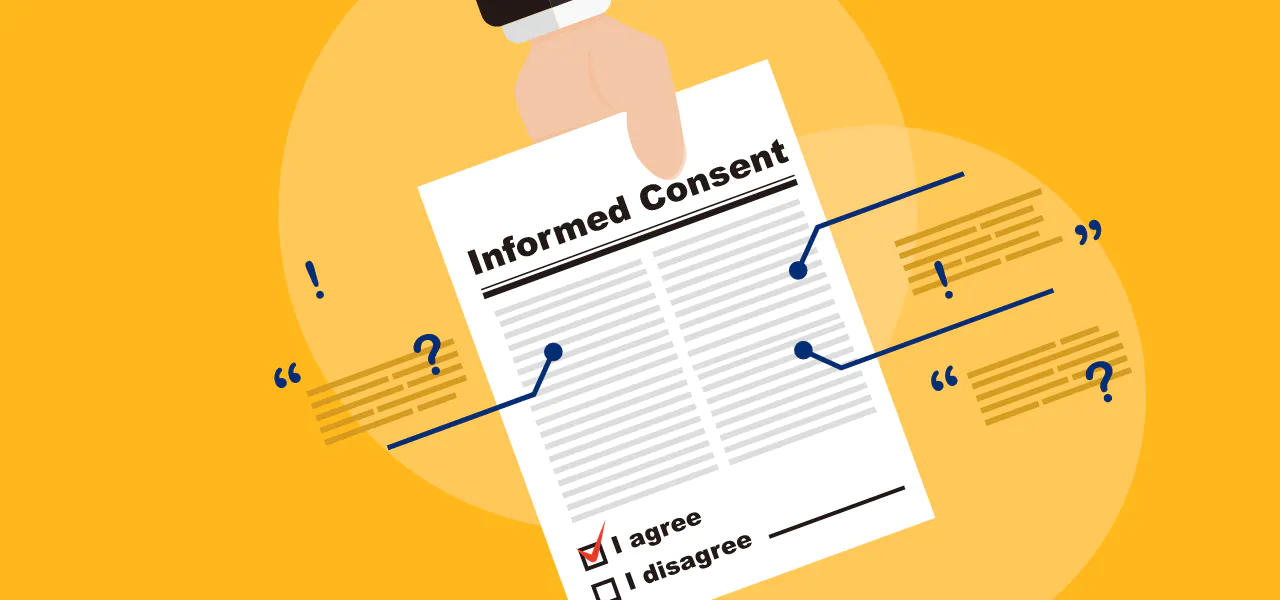Consent: TURP — Much Important Before and After Surgery
This article is for educational purposes only. It should not be used as a template for consenting patients. The person obtaining consent should have clear knowledge of the procedure and the potential risks and complications. Always refer to your local or national guidelines, and the applicable and appropriate law in your jurisdiction governing patient consent.

Overview of Procedure
The transurethral resection of the prostate (TURP) is a common urological operation, performed for lower urinary tract symptoms unresponsive to medical therapy and for prostatic bladder outflow obstruction such as recurrent acute urinary retention or recurrent urinary tract infections.
The procedure is always performed under general anaesthesia (or spinal anaesthesia). The patient is positioned supine with the legs in lithotomy or Lloyd-Davies supports.

Complications
Intraoperative
| Complication | Description of Complication | Potential Ways to Reduce Risk |
| Bleeding | Damage to the lining of urethra or bladder can cause bleeding | Careful and meticulous handling of resectoscope avoiding damage |
| Damage to surrounding structures | Damage can occur to the urethra, bladder, or ureters during the procedure | Ensure a good visual field throughout the procedure |
| Damage to external urethral sphincter or the bladder neck | Damage to external urethral sphincter may lead temporary or permanent incontinence | Prevent damage to the external urethral sphincter by resecting only proximal to the verumontanum |
| Anaesthetic Risk | Includes damage to the teeth, throat and larynx, reaction to medications, nausea and vomiting, cardiovascular and respiratory complications | Forms a part of the anaesthetist assessment before the operation |
Early
| Complication | Description of Complication | Potential Ways to Reduce Risk |
| Pain | Dysuria from the instrumentation used and slight urethral dilation from the scope | Use of instillagel into the urethra and simple analgesia post-operatively |
| Infection | Infection can be introduced by the instrumentation, however the overall risk is very low | Maintain an aseptic technique throughout the procedure |
| Haematuria | Damage to the intraluminal surfaces of urethra or prostate, with inadequate haemostasias can cause post-operative hematuria, including formation of blood clots and resultant clot retention | Achieve arterial haemostasis by cautery, if necessary using the rolling-ball electrode; place a triple-lumen Foley’s catheter and set-up ongoing post-op saline irrigation |
| Urinary retention post-catheter removal | Failure to pass urine after the post-operative catheter has been removed, may require a longer period with an indwelling catheter | |
| Incontinence | Relief of the bladder outflow obstruction results in increased voiding pressures, which can result in urinary incontinence | |
| TURP syndrome | Presents classically with mental confusion, vomiting, hypertension and bradycardia. Occurs with hyponatraemia secondary to absorption of irrigation via the exposed venous channels in the prostate | Reduce operating time to less than an hour and careful use of irrigation solutions rich in glycine |
| Blood clots | DVTs and PEs are a possibility in any operation. The risk is increased in patients with a raised BMI, on the pill, recent flights, previous DVT, pregnancy, smokers, cancer and prolonged bed rest. | The patient will be given anti-embolism stocking and low molecular weight heparin peri-operatively to minimise this risk as deemed appropriate |
| Stroke, MI, Kidney Failure, Death | Although small, this is always a risk in any major surgery |
Late
| Complication | Description of Complication | Potential Ways to Reduce Risk |
| Stricture | Recurrent procedures can lead to the development of urethral strictures | |
| Sexual dysfunction | Rare, however some patients may develop retrograde ejaculation or erectile dysfunction post-operatively |

